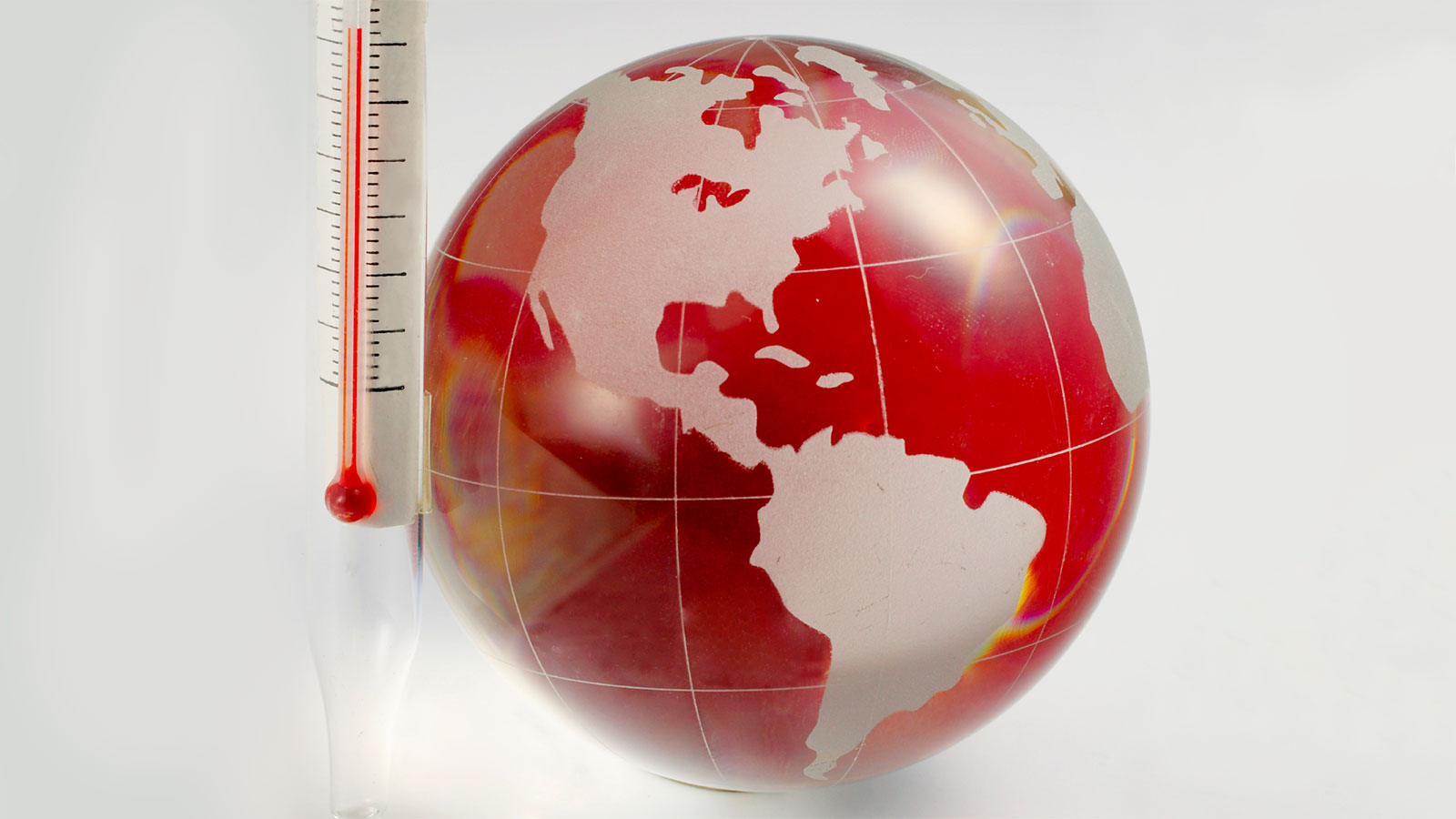On Wednesday, academics David G. Victor and Charles F. Kennel published a paper in Nature arguing that the international community should abandon the long-held, much-discussed target of limiting global average temperature rise to 2 degrees Celsius or less. In its place, they propose a more finely honed set of indicators, including ocean heat content and frequency of severe weather events.
There have been several good responses already. In particular, see this RealClimate post from Stefan Rahmstorf, co-chair of Earth System Analysis at the Potsdam Institute for Climate Impact Research. See also Joe Romm, quoting climate scientist Michael Mann.
I’ve reviewed Victor’s work favorably and he’s obviously a really smart guy, but I’ll be honest: This argument baffles me. I don’t see any logic to it.
Rahmstorf ably rebuts Victor and Kennel’s assertion that 2 °C was “uncritically adopted,” noting that it came after “20 years of intense discussions, both in the scientific and the policy communities.” He also dispenses with the notion that “scientific basis for the 2 °C goal is tenuous.”
If anything, 2 degrees is too high. As scientists Kevin Anderson and Alice Bows point out, science has progressed since 2C was adopted and what it has generally found is that severe impacts are likely to arrive at lower temperatures than expected.

Kevin Anderson & Alice Bows, “Beyond ‘dangerous’ climate change“2°C guardrail no longer “safe.” (Click to embiggen.)
We now understand that 2C puts us in the red, which is why many climate scientists have argued for lowering the target.
It is obviously true that what counts as “dangerous” is a judgment call, not a strictly scientific matter, and just as values and risk tolerance vary from community to community, country to country, so too will this judgment. Any single global target will flatten out significant regional differences; there is bound to be some element of artifice. But there is immense political logic behind a single line in the sand.
The reason the target has persisted despite the science changing is that it’s become sticky. It has settled in as part of a deep narrative, a common signpost to orient diverse discussions. And that’s a good thing. Coordinating global efforts on a problem like climate change is an extraordinarily complex undertaking in desperate need of shared markers. And we’ve got one. It will never be scientifically perfect, but its precision matters less than its weight in culture and politics.
It is, of course, an unforgiving signpost. While it is still technically and scientifically possible for the world to take the action necessary to reach it, such action looks increasingly unlikely. I largely agree with Victor and Kennel about this:
Owing to continued failures to mitigate emissions globally, rising emissions are on track to blow through [2C] eventually. To be sure, models show that it is just possible to make deep planet-wide cuts in emissions to meet the goal. But those simulations make heroic assumptions — such as almost immediate global cooperation and widespread availability of technologies such as bioenergy carbon capture and storage methods that do not exist even in scale demonstration.
Avoiding 2C is a long shot now, even if we get our isht together. In their paper above — summarized in my “brutal logic of climate change” post — Anderson and Bows uncover many of those “heroic assumptions” in conventional models and correct them. What they find is that 2C is much more difficult than what most policymakers are told. There’s a lot of smoke being blown up a lot of asses.
According to Anderson and Bows, to have any chance of hitting 2C (while building in some room for developing countries to grow for longer, as justice demands), wealthy economies like the U.S. and E.U. would have to reduce their emissions by around 10 percent a year.
That is beyond unprecedented and into something like sci-fi. It would be laughable if the alternative were not so grim.
Should we, as Victor and Kennel argue, drop the 2C target because it is unlikely to be met? I don’t see why, and their arguments are entirely unpersuasive.
First they say that “the 2 °C target has allowed politicians to pretend that they are organizing for action when, in fact, most have done little. Pretending that they are chasing this unattainable goal has also allowed governments to ignore the need for massive adaptation to climate change.”
Really? That’s what’s allowed governments to act short-sightedly? Having this target on the books? Seems like there are likelier culprits — natural human myopia, powerful vested interests, that sort of thing. It’s true, governments love pretending to do things and taking credit where none is due. But here’s the thing: you can’t pretend to be on a trajectory to 2C. You are or you aren’t. That’s the whole point, the whole beauty of a hard target. It cannot be faked. Abandoning the one highly visible shared metric would seem to me to lead to more government dissembling, not less. The 2C target is one of activists’ few real tools for holding elites accountable.
Second, Victor and Kennel say that 2C is …
… impractical. It is related only probabilistically to emissions and policies, so it does not tell particular governments and people what to do. In other areas of international politics, goals have had a big effect when they have been translated into concrete, achievable actions. For example, the eight Millennium Development Goals (MDGs) adopted by the United Nations in 2000 were effective when turned into 21 targets and 60 detailed indicators — measurable, practical and connected to what governments, non-governmental and aid organizations and others could do.
This is a great argument for translating 2C into a range of more “concrete, achievable actions” on water, land use, energy, and fossil fuel development. A climate equivalent of the MDGs is a fantastic idea. But why on earth would they replace the 2C target? The 2C target is not meant to provide granular policy guidance. It is merely a metric to indicate whether the sum of efforts is sufficient to the scale of the problem. Practical policy advice and a range of more specific metrics — which I agree are direly needed — are not a replacement for an overall goal, but a complement to it.
What the 2C target ultimately reveals is that we are failing. For that reason it is awkward, and will grow more awkward over time, and I wouldn’t be surprised if more countries started lobbying to abandon it. For that very reason, climate hawks should fight to keep it. Accountability among elites is rare enough these days; we need more, not less.




